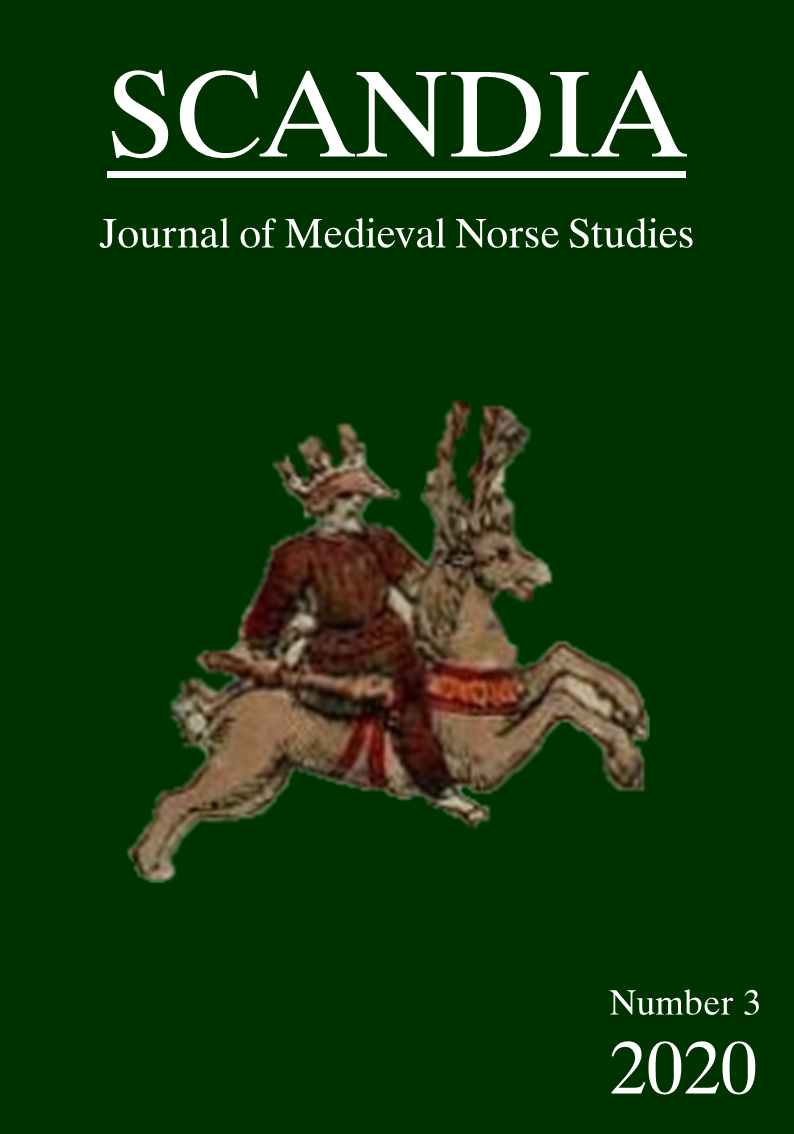BETWEEN TOPONYMY, TOPOGRAPHY AND TEMPORALITY: TOWARDS A PREDICATIVE MODEL FOR LOCALISING COURTYARD SITES
Abstract
The courtyard sites, compounds mostly consisting of houses laid out around an open space and their functions are among the most debated features within Norwegian archaeology. In general, they occur from about 100 to 1000 A.D. Numerous hypotheses and theories have been proposed as to their functions, among others military, as they follow a relatively strict layout resembling barracks and camps, and legal functions as the number of houses sometimes correspond to the number of legal districts in a given area. This paper discusses the possibilities of localising courtyard sites in the landscape and determining functions by looking at factors such as toponyms (place names) and topography. Furthermore, differences in time and space will be discussed. Which changes in layout and between the different regions can be traced, and do these changes through time, and which common denominators are there across time and space?
Downloads
Downloads
Published
Issue
Section
License
The author (s) of the original submitted undertake to comply with the following:
- All authors are publicly responsible for it.
- The authors claim that this original is their own and that they assume full responsibility to third parties, whether moral or patrimonial, by reason of its content, stating that the work does not infringe any intellectual property rights of third parties.
- The author (s) agree to the copyrights of the original to Scandia Journal, to which they grant permission for its reproduction, editing and online publication.
- The author (s) grant their copyright of their original to the Scandia Journal, licensed under the Creative Commons Attribution License, which allows the sharing of this work with the acknowledgment of their authorship.
- The author (s) have permission and are encouraged to cite and distribute their original.



